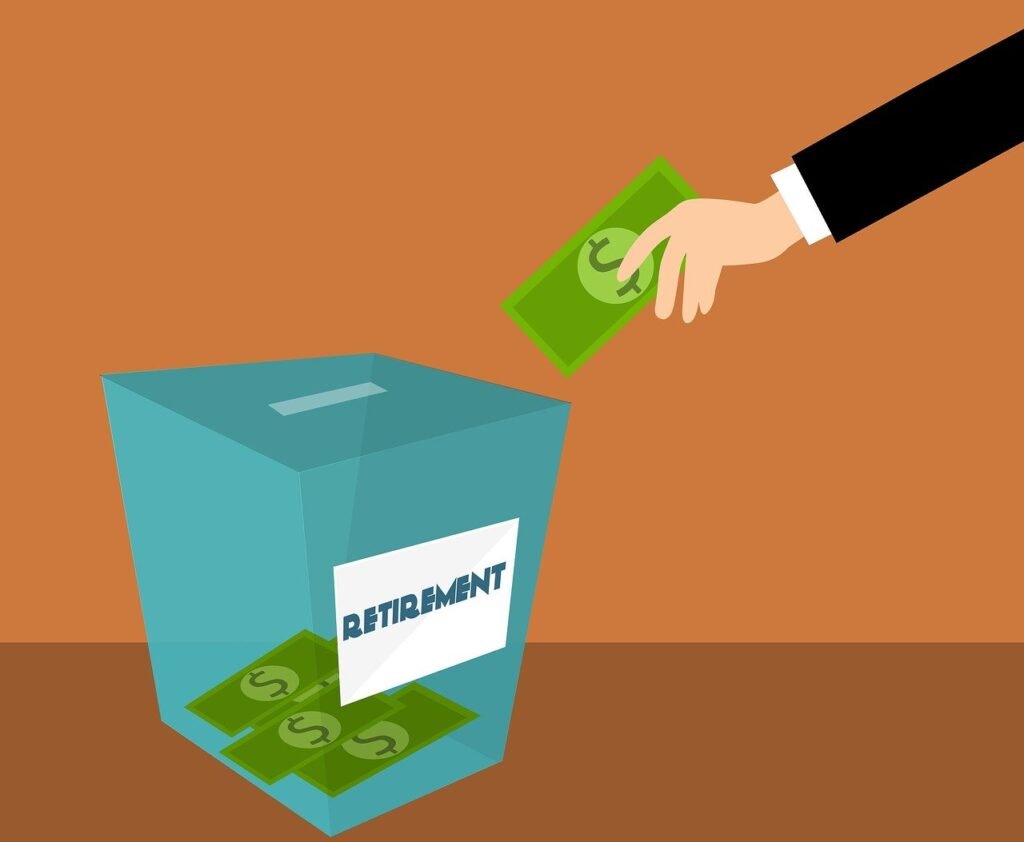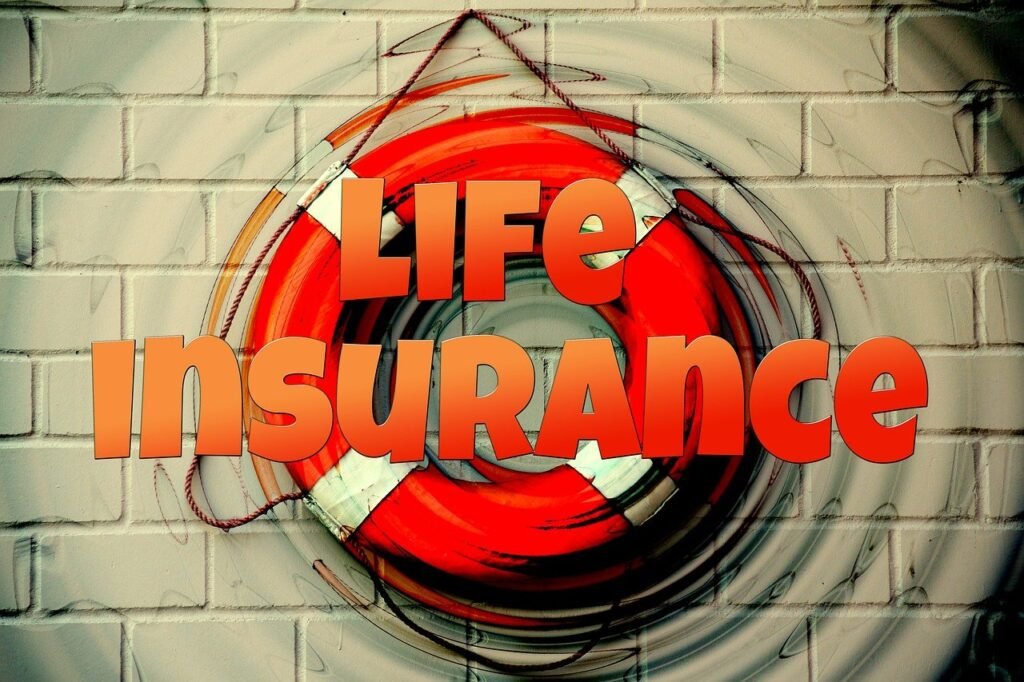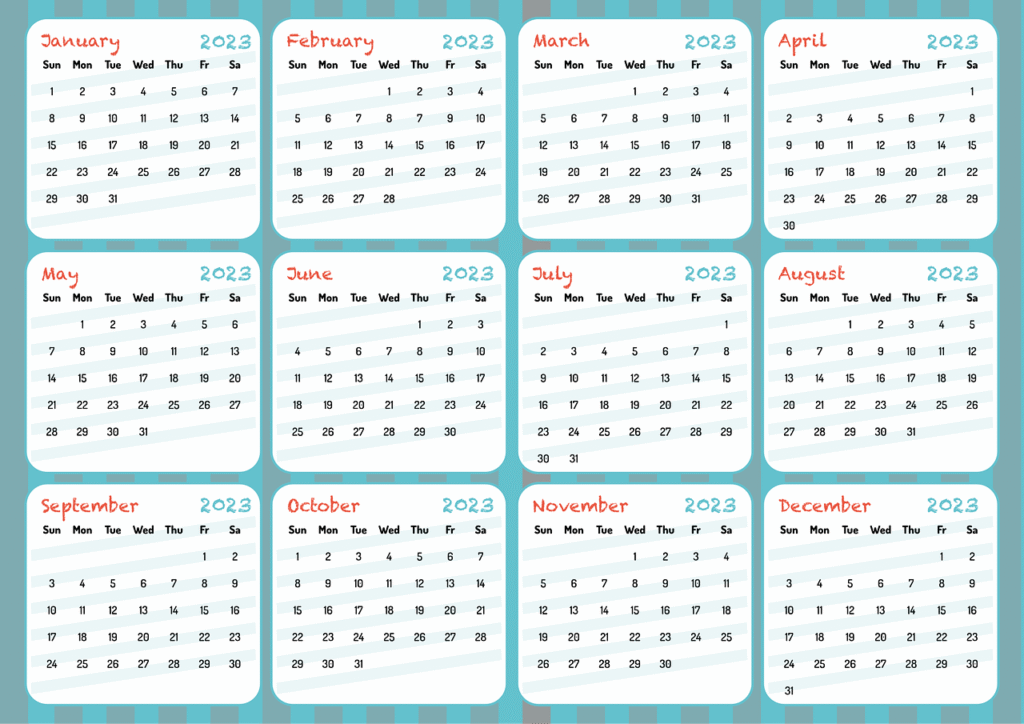Have you ever wondered what the principal in your 401k means, or why understanding it is crucial for your financial well-being? When it comes to planning for retirement, understanding various components of your 401k is vital, and the principal is undoubtedly one of the most important aspects. Taking the time to understand what your principal is, how it grows, and how it’s protected can offer you greater control of your financial future and ensure your retirement years are as comfortable as possible.
What is a 401k?
To put it simply, a 401k is a retirement savings plan sponsored by your employer. It allows you to save a portion of your paycheck before taxes are deducted, which can then grow tax-deferred until it’s withdrawn during retirement. Many employers also offer matching contributions up to a certain percentage, boosting the growth of your savings.
The Structure of a 401k
Within a 401k, your contributions, any employer matches, and any investment gains form the crux of your retirement fund. This structure typically includes the principal (the money you originally put in), investment earnings, and possibly employer contributions, all of which come together to craft your total 401k balance.
Understanding the 401k Principal
The principal amount in your 401k refers to the initial sum of money you contribute from your salary, and the basis on which your 401k balance grows over time. This principal amount is the foundation of your retirement savings, earning returns from investments that can increase your total retirement funds significantly over time.
Components of the 401k Principal
-
Personal Contributions: These are the contributions you make from your salary to fund your 401k. It’s the most significant portion of your principal.
-
Employer Contributions: Many employers match employee contributions up to a certain limit. This portion, while not directly from your own pocket, still forms a part of your principal.
-
Investment Growth: The earnings from the investment of your principal amount in stocks, bonds, or other investment options contribute to your total 401k balance but are distinct from the principal itself.
Crucial Role of the Principal
The principal serves as the base amount that, when invested, can grow substantially over the years due to the magic of compound interest. The bigger your principal, the more potential for your savings to grow. Thus, focusing on maximizing your contributions early can have a significant impact over time.

This image is property of pixabay.com.
How Does the Principal Grow?
The growth of your principal comes across as a blend of your steady contributions and the returns earned through investments. Over time, these elements work in tandem to build your retirement nest egg.
Contributions and Compounding
The regular contributions made to your 401k account add to your principal over time. Apart from this steady growth, it’s essential to understand the power of compounding. The interest earned on your principal also starts to earn interest in subsequent years, leading to exponential growth over the long term.
Investment Choices
The variety of investment options available in a 401k plan allows you to allocate your principal according to your risk tolerance and retirement goals. Common investment vehicles include:
- Mutual Funds: Managed portfolios of stocks and bonds.
- Stocks: Shares in individual companies.
- Bonds: Loans to corporations or governments that pay a fixed interest return.
- Target-Date Funds: Investments that automatically adjust the asset mix as you get closer to your retirement date.
These choices can significantly affect the growth of your principal, making it crucial to inform yourself about your options.
Monitoring and Protecting Your 401k Principal
Keeping an eye on your 401k principal and implementing strategies to mitigate risks are vital for ensuring your retirement savings are on track.
Regular Account Reviews
To ensure your principal and its growth are optimally balanced, it’s beneficial to regularly review your 401k account. Adjust your contribution level, investment selections, or risk tolerance as necessary based on life changes or market conditions.
Diversification as Protection
Spreading your investments among different asset classes—diversifying—can help manage risks. By avoiding concentration in a single investment, you protect your principal from market volatility.
| Asset Class | Risk Level | Potential Returns | Ideal for |
|---|---|---|---|
| Stocks | High | High, with volatility | Long-term investors |
| Bonds | Moderate | Moderate, steady | Income stability |
| Mutual Funds | Varies | Diversified | Balanced portfolios |
| Target-Date | Low-High | Adjusted over time | Age-appropriate risk management |
Rebalancing Your Portfolio
As market conditions change, rebalancing your portfolio ensures your asset allocation stays in line with your investment goals and risk tolerance. This practice can safeguard your principal against investment drifts.
Understanding Fees and Penalties
Awareness of fees associated with investments—such as management fees and transaction costs—helps to protect the growth of your principal. Also, avoid early withdrawal penalties that can shrink your 401k savings prematurely.

This image is property of pixabay.com.
Tax Implications and Your Principal
Since a 401k is a tax-advantaged account, understanding the tax implications is crucial. Contributions lower your taxable income, and taxes on earnings are deferred until withdrawal. However, it’s crucial to strategize the timing and method of withdrawals to minimize tax burden during retirement.
Early Withdrawal Penalties
Typically, withdrawing funds from your 401k before the age of 59½ results in a 10% penalty on top of the income tax owed, which can erode your savings rapidly. Being informed about these rules can help preserve your principal and gains.
Required Minimum Distributions
Once you hit the age of 73, you must start taking required minimum distributions (RMDs) from your traditional 401k. These withdrawals are taxed as ordinary income, so understanding these requirements helps you avoid significant penalties that could affect your 401k’s principal and overall value.
Strategies to Maximize Your 401k Principal
Maximizing your 401k principal not only increases the amount available for investment returns but also enhances your potential for a secure retirement.
Contributions Consistency
The earlier you start contributing consistently to your 401k, the more time compound interest has to work its magic. Even small, regular contributions can build a substantial principal over decades.
Employer Matching Utilization
Contributing enough to gain the full employer match is essentially free money which directly increases your principal. Always aim to contribute at least the percentage your employer is willing to match.
Regular Increase in Contributions
As your salary increases, consider raising your contribution percentage to save more for retirement. Many plans allow automatic annual increases at a set rate, making it effortless to enhance your principal.

This image is property of pixabay.com.
Conclusion
Understanding the nuances of your 401k principal can empower you to make informed decisions about your retirement savings. By regularly contributing, diversifying your investments, and staying mindful of tax implications and fees, you can nurture your 401k principal and ensure a more secure financial future. Remember, every financial decision you make today can influence your tomorrow, and by prioritizing your 401k, you are choosing to take charge of that future.































































































